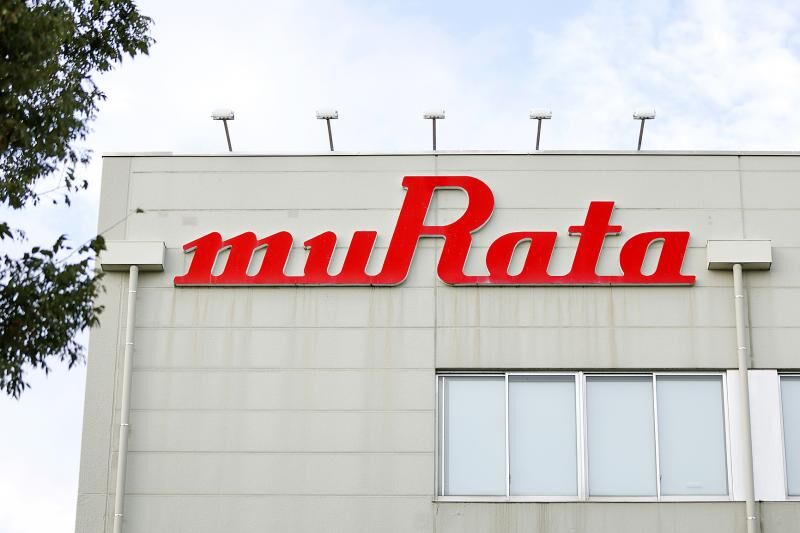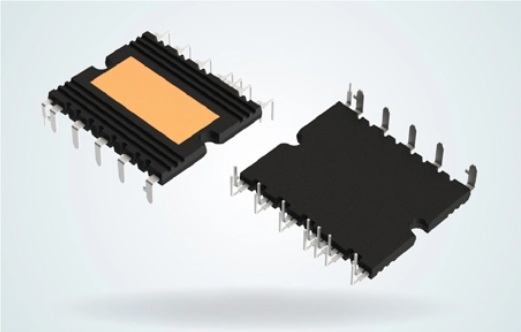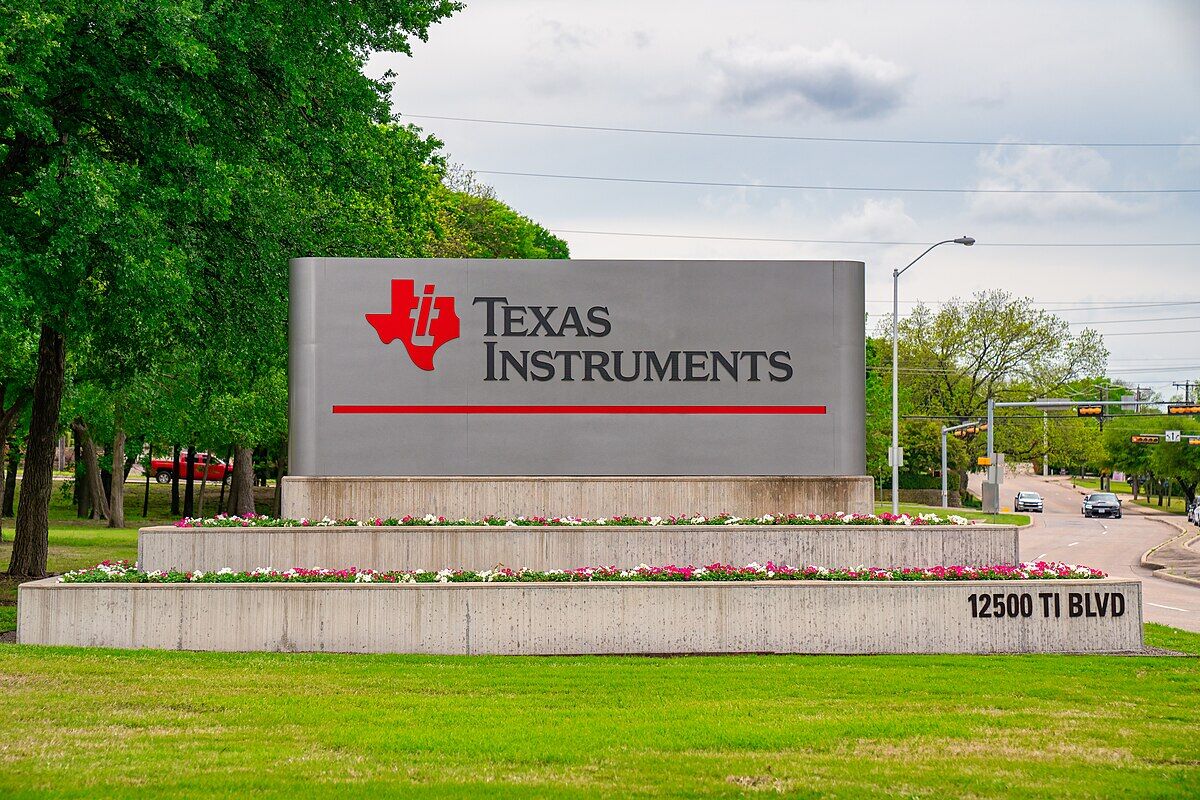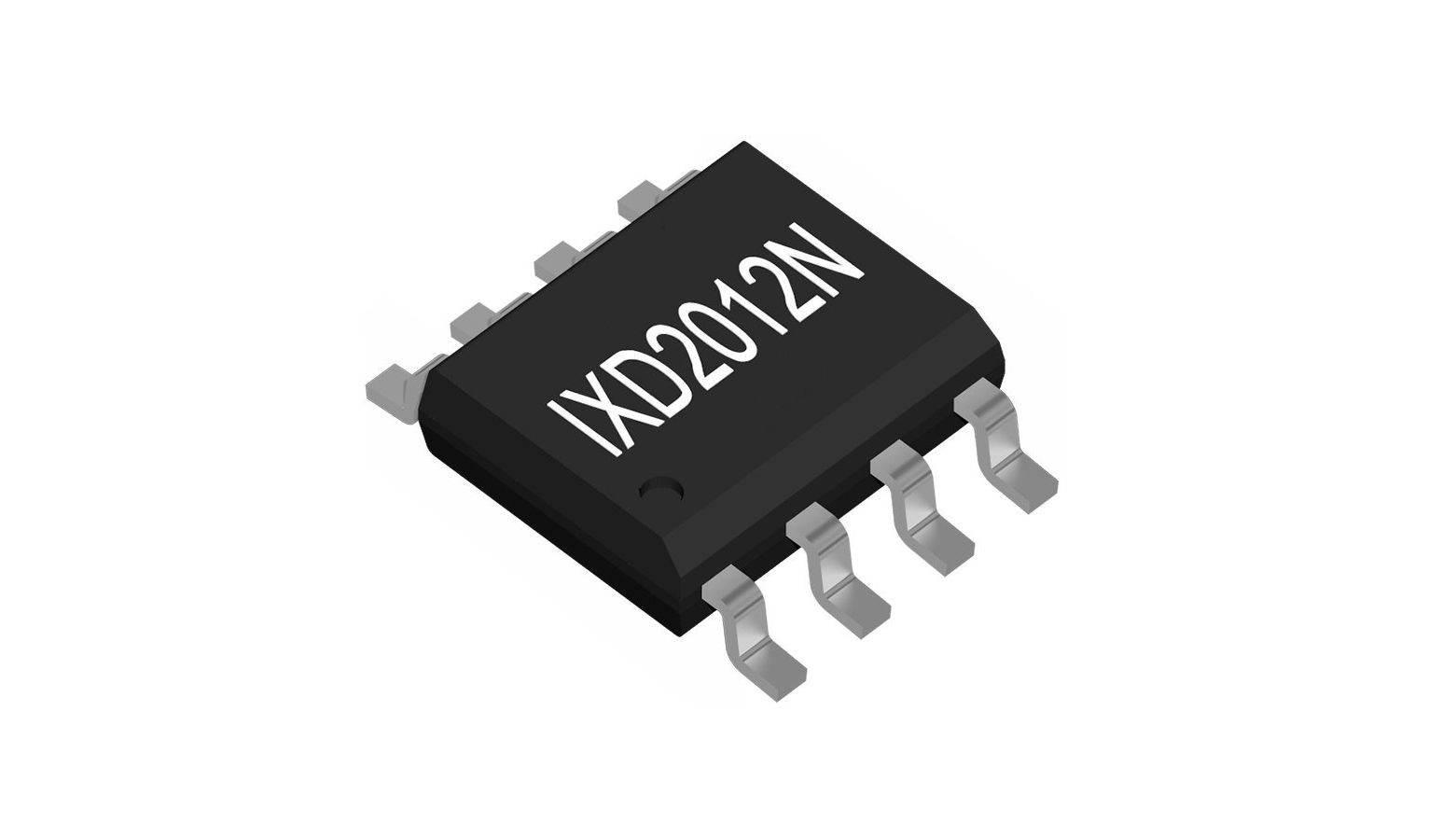November 3, 2023 /SemiMedia/ -- Texas Instruments recently broke ground on its new 300mm semiconductor wafer fabrication facility in Lehi, Utah. Joined by Utah Governor Spencer Cox, state and local elected officials, as well as community leaders, TI President and Chief Executive Officer Haviv Ilan celebrated the first steps toward construction of the new fab, LFAB2, which will connect to the company’s existing 300-mm wafer fab in Lehi. Once completed, TI’s two Utah fabs will manufacture tens of millions of analog and embedded processing chips every day at full production.
"Today we take an important step in our company’s journey to expand our manufacturing footprint in Utah. This new fab is part of our long-term, 300-mm manufacturing roadmap to build the capacity our customers will need for decades to come," said Ilan. "At TI, our passion is to create a better world by making electronics more affordable through semiconductors. We are proud to be a growing member of the Utah community, and to manufacture analog and embedded processing semiconductors that are vital for nearly every type of electronic system today."
In February, TI announced its $11 billion investment in Utah, marking the largest economic investment in state history. LFAB2 will create approximately 800 additional TI jobs as well as thousands of indirect jobs, with first production available as early as 2026.
"TI’s growing manufacturing presence in Utah will be transformative for our state, creating hundreds of good-paying jobs for Utahns to manufacture critically important technology," said Utah Governor Spencer Cox. "We are proud that semiconductors – made in Utah by Utahns – will power the innovation that is foundational to our country’s economic and national security."
LFAB2 will complement TI’s existing 300-mm wafer fabs, which include LFAB1 (Lehi, Utah), DMOS6 (Dallas), and RFAB1 and RFAB2 (both in Richardson, Texas). TI is also building four new 300-mm wafer fabs in Sherman, Texas (SM1, SM2, SM3 and SM4), with production from the first fab as early as 2025.












All Comments (0)